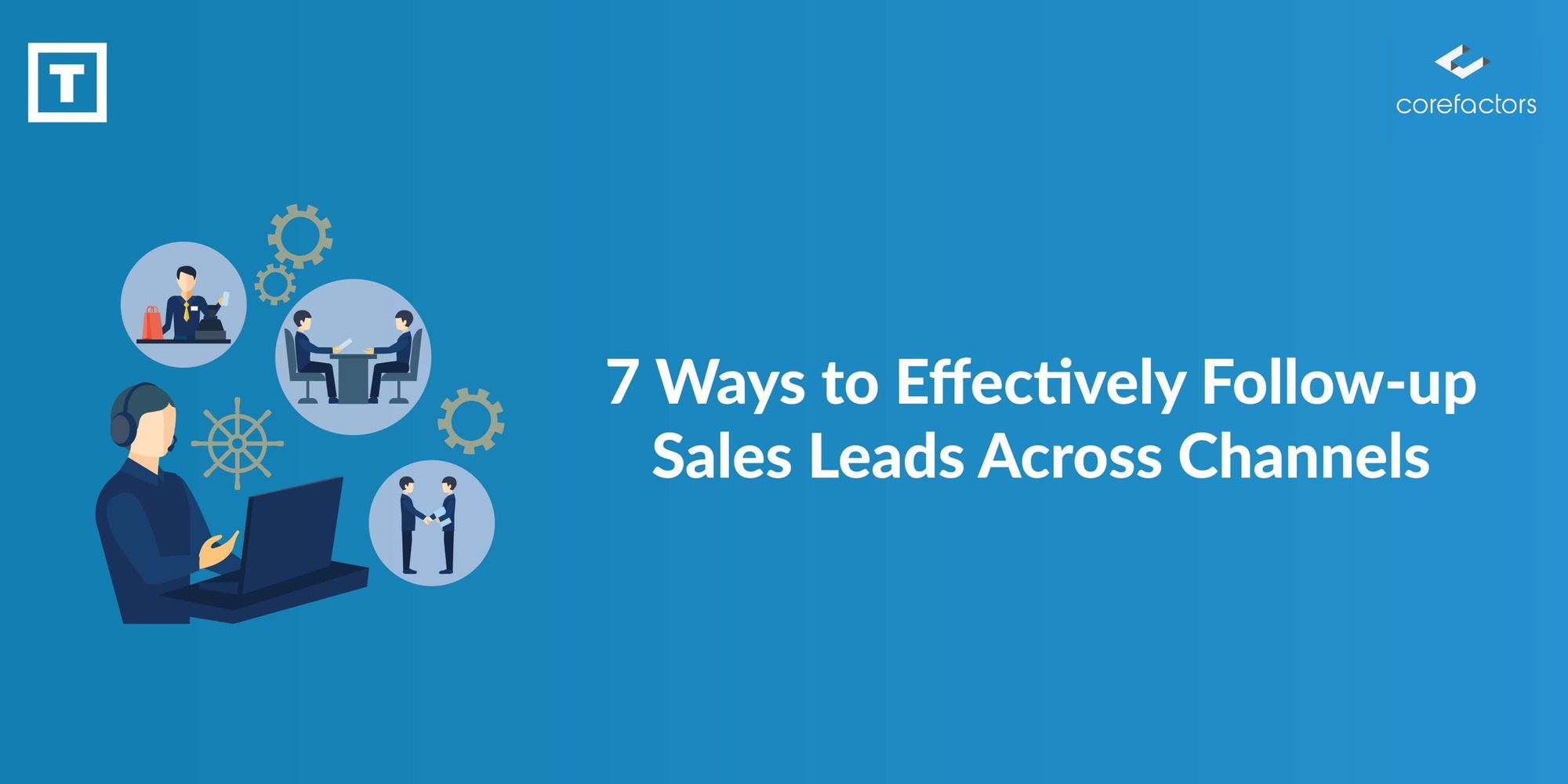John delivered an amazing presentation and impressed the client.
They love the product and gave a verbal commitment to close the deal soon. John was pretty sure he was going to onboard this client.
He even started making plans on how he was going to use his bonus. As weeks passed by, John didn’t hear back from the client.
Almost a month later when he finally spoke to the client, he found out that they have already closed the deal with a competitor.
What happened? What went wrong? Why did the deal not go through?
This is a challenge faced by most salespeople all across the world. And the main reason behind this is sales representatives do not follow up effectively.
But should you follow leads daily? Should you be persistent?
How to follow up leads without being annoying? Well, by following a few effective sales follow-up strategies, you can keep your client in-touch without smothering them.
By integrating bulk email verification with a well-crafted follow-up strategy, you're maximizing your chances of successfully converting sales leads into customers while maintaining a positive sender reputation and high deliverability rates.
Let’s begin by learning the difference between different types of leads.
Difference Between Cold, Warm, and Qualified Leads
Cold leads, in simple words, are your target market. They don’t know who you are and what they need you until you speak to them, or dazzle them with the delights of what you have to offer.
They are cold, which means you need to invest some time in your marketing to warm them up.
Warm leads are the people who need the products or services that you offer. But they are looking for the right company.
In this case, it is up to the salesperson to craft their pitch to make sure these leads convert.
Hot leads are probably interested in your product and ready to buy in future.
They will call, ask the price and if it is within the scope of what they need, they will buy it. They are pretty much a promised sale for the company.
Effective Ways for How to Follow Up Leads
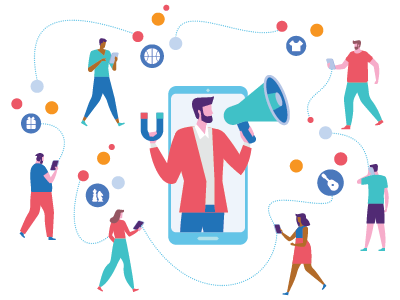
Following up with your prospects timely and effectively will make the customer feel appreciated.
It will also connect you with leads, help you grow your network, build your personal brand and start conversations with the right audience.
1. Right Channel to Reach Out Prospects

How should you approach your prospective clients? Should you send them an email or should you call them directly?
Well, it’s actually up to you and your salesperson. However, both approaches have a few pros and cons.
Emails
Emails are informative. They appeal with visuals. Your prospects can check them at their own time and think about what you are saying.
An added benefit is that they can even be forwarded to other people who might find your product much more useful.
The best part is you don’t even have to compile hundreds of emails and send them one by one.
All you have to do is design an email marketing campaign with a template and send them to your prospects.
However, think about it. How many emails do you receive in your inbox every day? And how many of those do you actually read? Nowadays, inbox clutter is all too common.
So, don’t be surprised when you don’t get a response from your first email. In fact, be prepared to send multiple emails if you use this approach. Check out this free guide on email marketing strategy.
Phone Calls
Calling is the most direct and quick approach to reach your prospect. It can get your prospect’s attention right then and there.
But they could also choose to ignore your call if they are busy or cut you off at the very start.
You can, of course, leave a voicemail, but voicemails are either not heard or they go in one ear and out the other.
When your prospects do call you back, use IVR services to make sure they reach the right sales representative.
Both approaches have their pros and cons. When used together, they can complement each other. One popular method to follow here is Jeff Hoffman’s BASHO Sequence.
It contains a series of four voicemail or email touches, and if the client hasn’t acknowledged after the first three contact efforts, it’s time to break up.
2. Less Formal Channels to Build a Connection
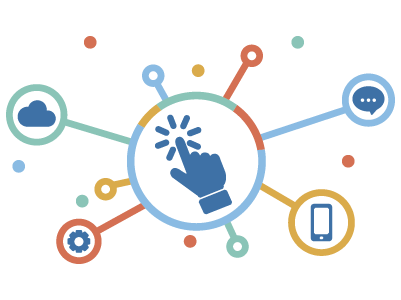
While phone and email are direct means to connect with your prospects, you can reach out and connect with them on other channels like social media websites like Facebook, Linkedin, etc that your customers like to hang out on.
Chatbots are also highly successful for generating social media leads, offering instant engagement and 24/7 availability, improving lead quality and conversion rates.
You can share relevant content that might be of interest to your customers and even comment on the content they share online.
Use this opportunity to get to know them better and engage with them on multiple channels spread out over a longer duration of time.
You can even share your missed call marketing campaign details to get them to participate in your offers, polls or surveys.
This way you will be able to build a long-term relationship with them.
3. Have Something Meaningful to Say

Don’t just contact your prospect to check-in, have something meaningful to offer.
It could be educational content, like a white paper or eBook or it could even be competitive sheets that show why your brand is superior.
Offer them solutions for how they can manage their pain points. Engage with them and answer their questions.
And if you can’t answer a question, take the question and follow up on it later when you have the right answer.
From initial follow-up to later stages of follow-up, when you are using email marketing, make sure your lead follow-up template has a subject line and call to action which is as specific as possible.
Don’t send them a wall of text with no clear direction. You are contacting them to make certain actions, so make sure you tell them. The following lead follows up templates will give you a clear idea.
Case 1: This lead follow-up real estate template can be sent after an inquiry is received about a property.
Subject: Re: Property Inquiry
[Name], thank you for your inquiry about [Property name].
This beautiful home is located in a friendly and secure location. So, if you haven’t already seen it, I would definitely recommend you come and see it in person.
We have availability to view it at [Time slot 1] or [Time slot 2] or [Time slot 3].
Please let me know what time works best for you.
[Signature]
Case 2: This B2B lead follow up template can be used to send your prospects after you meet them at a trade show or industry event.
Subject: [NAME], it’s great that we crossed paths today!
Hi [NAME],
It was great meeting with you at [EVENT] on [DATE].
I was thinking about what you said about [PROSPECT PAIN POINT] and thought you might appreciate this case study on how we helped a similar company achieve [GOAL] in [TIMEFRAME]: [LINK to relevant case study or article].
You spoke about your [PROSPECT PAIN POINT] and that got me thinking about how we helped a similar company achieve [GOAL] in [TIMEFRAME].
I thought you might appreciate this [LINK to relevant case study or article].
I would love to discuss how we can make this solution work for you. Are you free for a phone call on [DATE] at [TIME A], [TIME B], or [TIME C]?
[Signature]
4. Have a Lead Follow Up System

According to Hubspot, 44% of salespeople give up on their prospects just after one follow up while 80% of sales are made after five follow-ups.
You probably worked really hard to generate leads and turn them into qualified prospects.
But it’s much harder to convert those qualified prospects into customers. This is because there are leads that are hot and ready to buy on initial contact.
However, most of the leads are warm and they need to be nurtured to convert. This is where a lead follow-up process can help.
Lead can enter your sales funnel through multiple ways like through your landing page or social media campaign or a networking event.
However it happens, it is important that you set up a proper follow-up system so that you can track them and move them through your sales cycle.
Here’s what your initial lead follow-Up system should include:
- No matter how the leads entered your sales funnel, send a thank you email immediately.
- Call them within 12 to 48 hours. The sooner you call, the better your chance to get the sale.
- Qualify your lead after making the call.
- Send your prospects a quote or information, or whatever they want and make an appointment to follow up.
- Send an email reminder before making the follow-up call.
- Make the follow-up call. Say your buying pitch and answer any new questions.
- If your prospect still isn’t ready to commit, then put him in your long-term follow-up system wherein you nurture the leads over a long period of time.
- Remove prospects from your follow up list if you’re asked to do so.
5. Know When It’s Time to Call it Quits
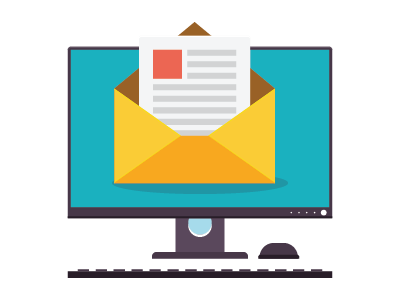
Another important sales lead follow up tactics is knowing when to break up. Being a salesperson, you need to know how to draw the line between persistence and harassment.
If your prospects don’t reply after three attempts, consider sending a “break-up” email.
This will let them know that you’ve tried to get in touch with them multiple times and since this might not be the best time to connect for them, you don’t want to bother them again.
If your earlier messages have left a positive impression and they are interested in talking to you, chances are, this break-up email marketing campaign tactic will get you the response you are seeking.
6. Keep An Eye on Lead Follow Up Statistics
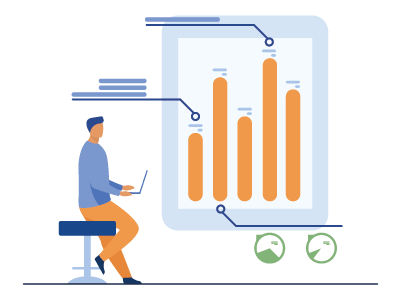
There is no right time to send a follow-up email. It depends on the need of your customers, the deal size and the importance of this deal for your customers.
This is why you need to keep track of all your follow up emails that you send to each client.
Most importantly, you need to track how often the lead has interacted with you or your emails.
This will help you know which channels and which emails are more effective so that you can focus your future efforts on those specific channels.
7. Use Software to Follow Up With Customers

Using an integrated sales and marketing software like Teleduce helps an organization to streamline business processes.
And your sales managers appreciate it since all their sales data is stored in a central location in an easy to follow format.
This will help them monitor or sales follow-up process and optimize selling. Here are a few reasons why your sales team should use a lead management system CRM software to follow up with customers.
- Easy access to all contacts, sales opportunities, activities and scheduled plans in one place.
- To prioritize tasks to make sure all the key prospects are contacted on time.
- With just a few clicks, prepare their weekly or monthly reports for management.
- Segment your leads and Automate your marketing process with email marketing.
- Complete sales automation workflow such as managing leads, running follow-up email sequence, etc
- Track all your communication with the customers, know what they need and increase your chances of closing a sale.
- Anticipate customer needs and problems at the right time. This will increase customer satisfaction which will ensure loyalty and help gain higher profit margins as well.
Be persistent without being pushy.
Use Teleduce to follow up leads with email marketing, IVR services, and marketing automation to provide you with the highest returns.
Schedule a Demo with Teleduce Today

